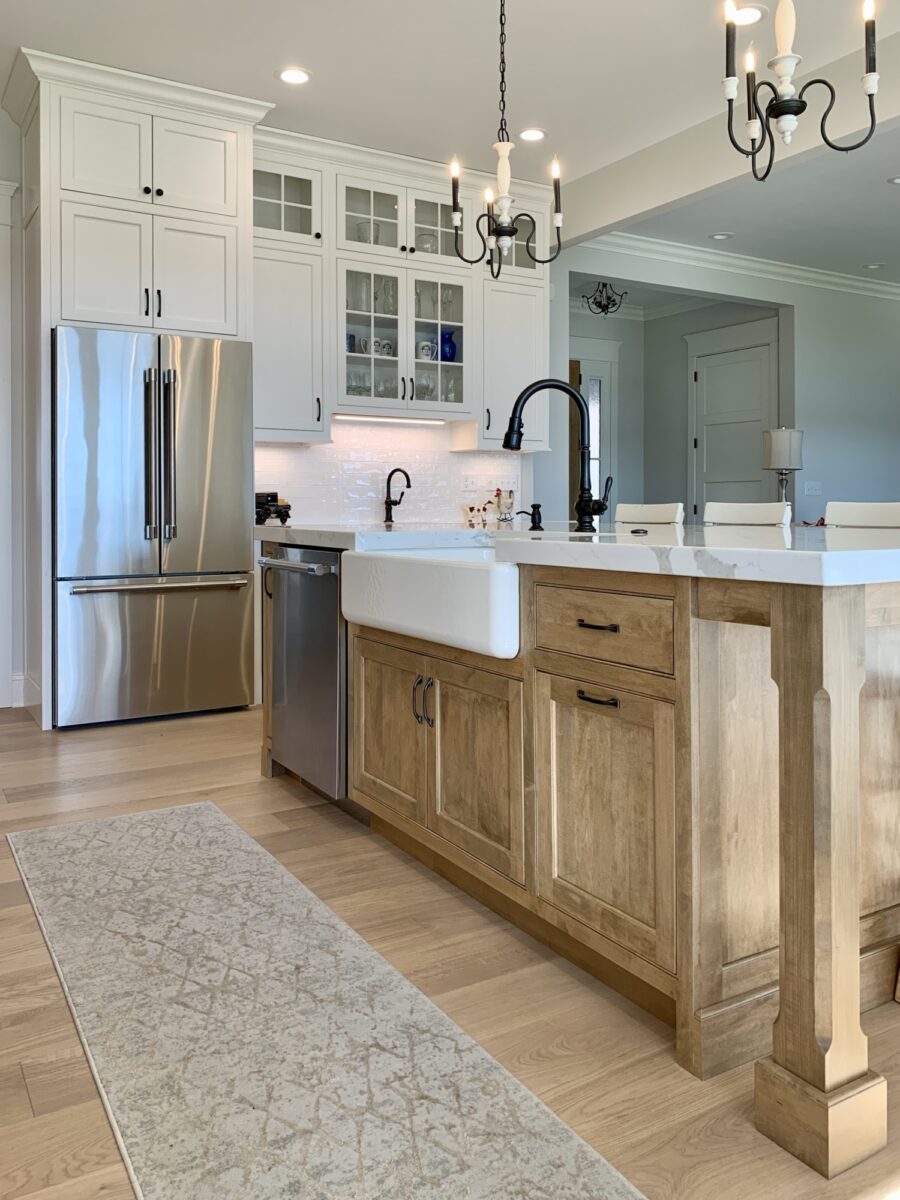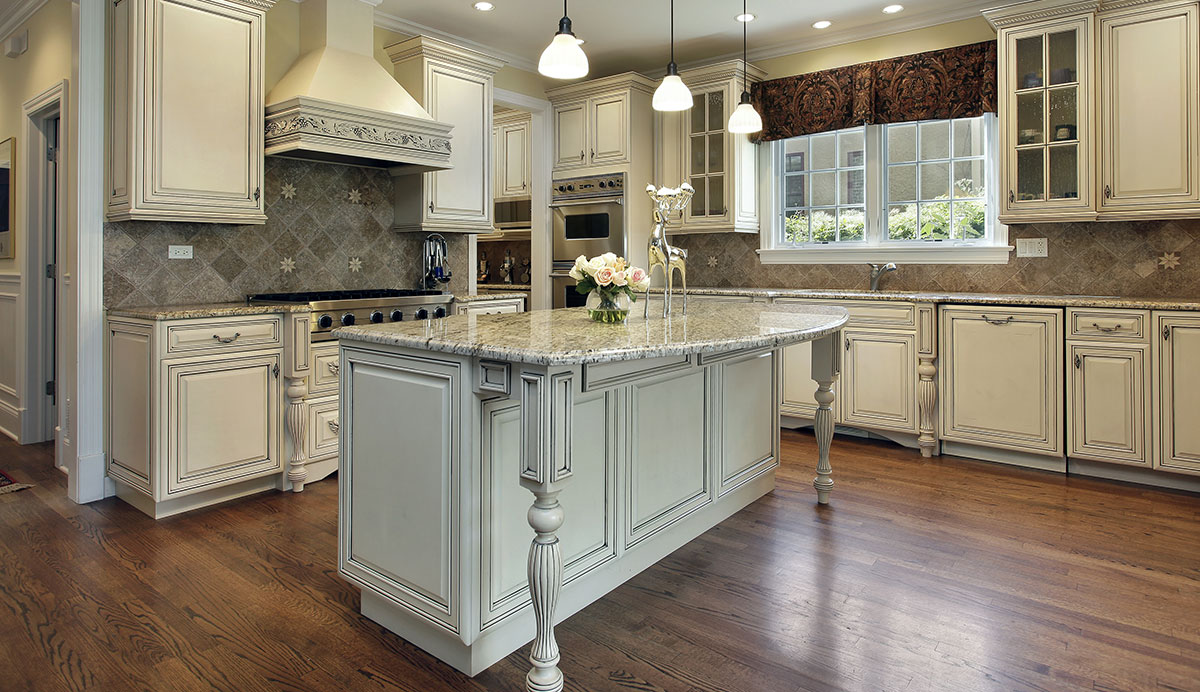A Guide to Choosing the Perfect Legs For Kitchen Island for Your Home
Selecting the excellent legs for your cooking area island is a nuanced choice that influences both the performance and aesthetic allure of this main space. As you think about these components, it ends up being obvious that the appropriate legs can transform not just the appearance of your kitchen yet additionally its usability for years to come.

Understanding Kitchen Area Island Legs
When selecting legs for a kitchen island, it's vital to understand their useful and aesthetic functions in the overall design. The legs serve as a vital assistance system, guaranteeing stability and resilience for the island, which frequently works as a work space, dining location, or gathering area. The choice of product and construction method should be durable adequate to withstand everyday usage and prospective wear.
In enhancement to their architectural responsibilities, legs add significantly to the island's visual allure. They can improve the kitchen's design, whether with traditional, modern, or eclectic designs. The height and proportion of the legs are also critical factors to consider; they should integrate with the island's kitchen counter height while ensuring comfortable seating for those making use of the area.
Furthermore, the leg layout can affect the total circulation of the cooking area. Open, ventilated leg designs can develop a feeling of agility, while solid, significant legs may convey a more based and steady aesthetic - Legs For Kitchen Island. Understanding these visual and practical elements will certainly guide property owners in making notified selections that match their kitchen's style and boost its usability
Popular Styles and Materials
The choice of legs for a kitchen island includes a range of preferred styles and materials, each offering special attributes that can improve both functionality and looks. Among the most in-demand designs are contemporary, rustic, and traditional. Contemporary legs usually include streamlined, minimalist designs that highlight simpleness and clean lines, making them suitable for contemporary kitchens. Rustic styles, on the other hand, welcome natural environments and typically display recovered wood or troubled surfaces, adding warmth and charm to the area. Traditional legs commonly exhibit ornate information and workmanship, boosting classic kitchen area styles.

Elevation and Stability Factors To Consider

Stability is another essential consideration. The legs of the kitchen area island should give ample assistance, guaranteeing that the structure can stand up to day-to-day usage without wobbling or changing. Material option plays a substantial role in security; steel legs, for example, have a tendency to use higher toughness compared to wood. Furthermore, guaranteeing that the island is safely secured to the floor or wall surface can boost stability, especially for larger islands that might bear substantial weight.
Matching Your Cooking Area Visual
Selecting the ideal legs for your cooking area island goes beyond performance; it also plays a considerable duty news in the overall visual of the room (Legs For Kitchen Island). When picking legs, take into consideration the layout style of your kitchen area.
Color is an additional critical variable. Legs that complement or contrast with your island's surface and bordering cabinets can develop visual harmony or striking centerpieces. Pairing dark wood legs with a light marble countertop can include depth and interest. Additionally, take into consideration the coating of the legs; matte, shiny, or textured coatings can substantially impact the overall feeling of the kitchen.
Installation and Upkeep Tips
Mounting kitchen island legs needs cautious attention to information to ensure both stability and aesthetic allure. Use a stud finder to find wall studs if you are attaching the legs to a wall or making use of brackets for included assistance.
When protecting the legs, use high-quality screws and, if necessary, wood adhesive for added stamina. For metal legs, make sure that you are using appropriate anchors and devices to avoid damage to your flooring. It is advisable to examine for levelness after setup, making modifications as needed to prevent tottering.
Upkeep is similarly essential for long life - Legs For Kitchen Island. top article Frequently inspect the legs for any type of indications of wear or helping to loosen, especially in high-traffic locations. Tidy the legs with an appropriate cleaner, avoiding unpleasant materials that might damage the surface area. For wood legs, take into consideration applying a wood conditioner periodically to preserve their surface. By following these installation and upkeep suggestions, you can ensure that your cooking area island legs remain both visually attractive and functional.
Final Thought
In conclusion, choosing the proper legs for a cooking area island necessitates cautious factor to consider of the original source height, stability, and visual compatibility. Ultimately, thoughtful leg selection plays a crucial function in elevating both the usefulness and layout of the kitchen space.
When selecting legs for a kitchen island, it's essential to understand their visual and practical duties in the overall style. Open, airy leg designs can develop a feeling of lightness, while solid, substantial legs may share a more based and secure visual. The legs of the cooking area island must give appropriate support, guaranteeing that the structure can stand up to day-to-day usage without shifting or wobbling.Installing cooking area island legs requires careful attention to detail to make sure both security and visual charm.In final thought, choosing the appropriate legs for a kitchen island necessitates mindful factor to consider of height, stability, and aesthetic compatibility.